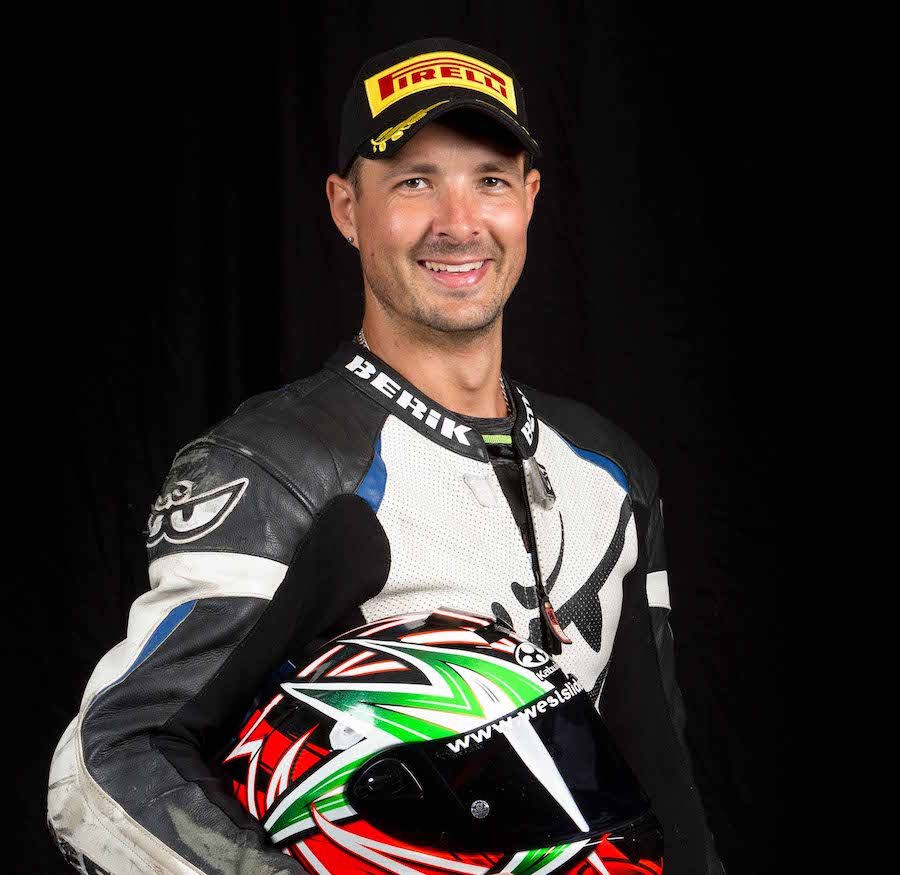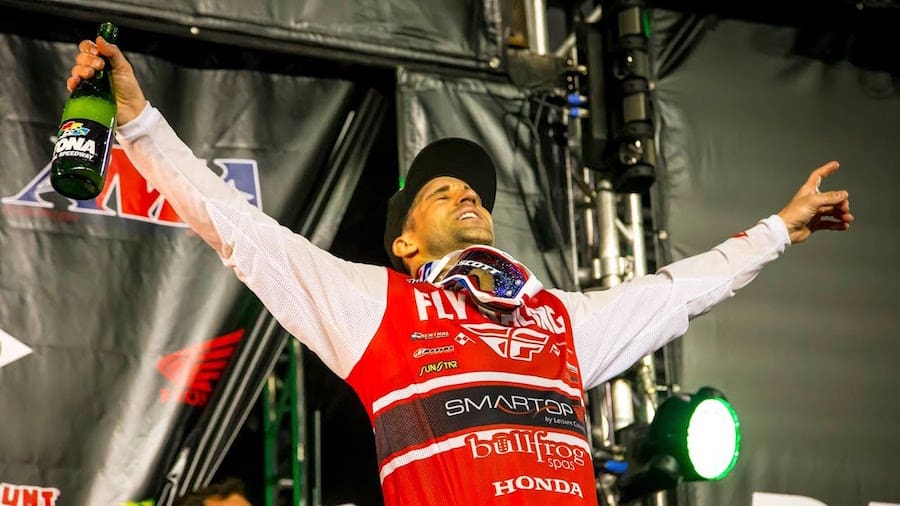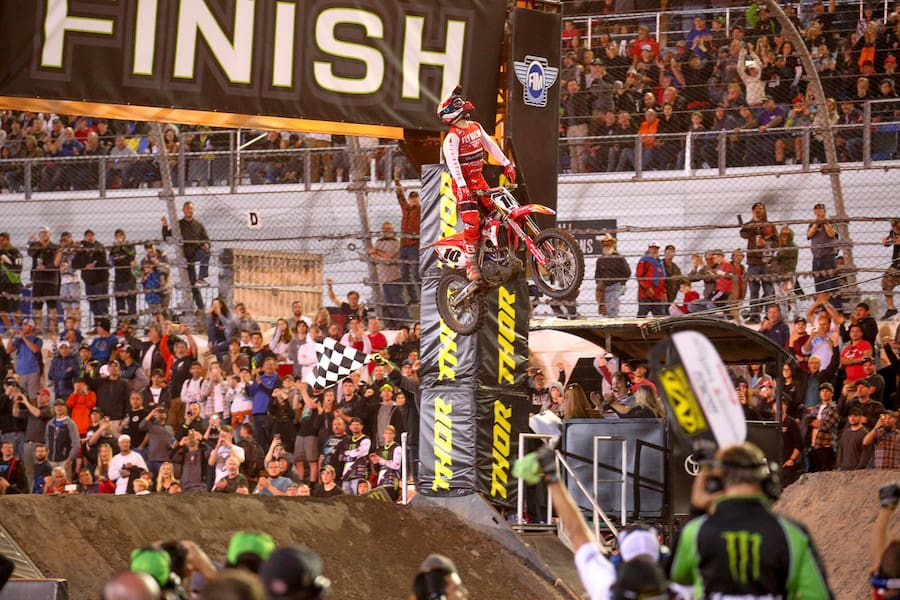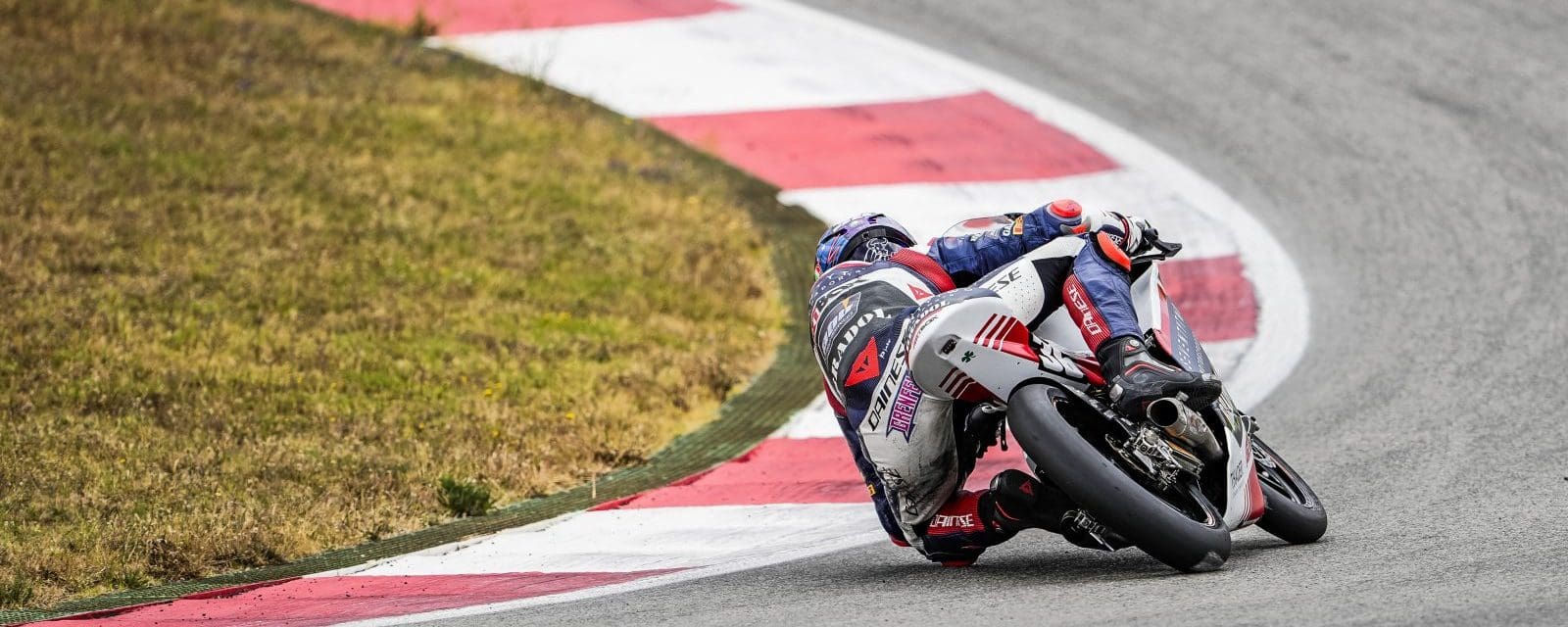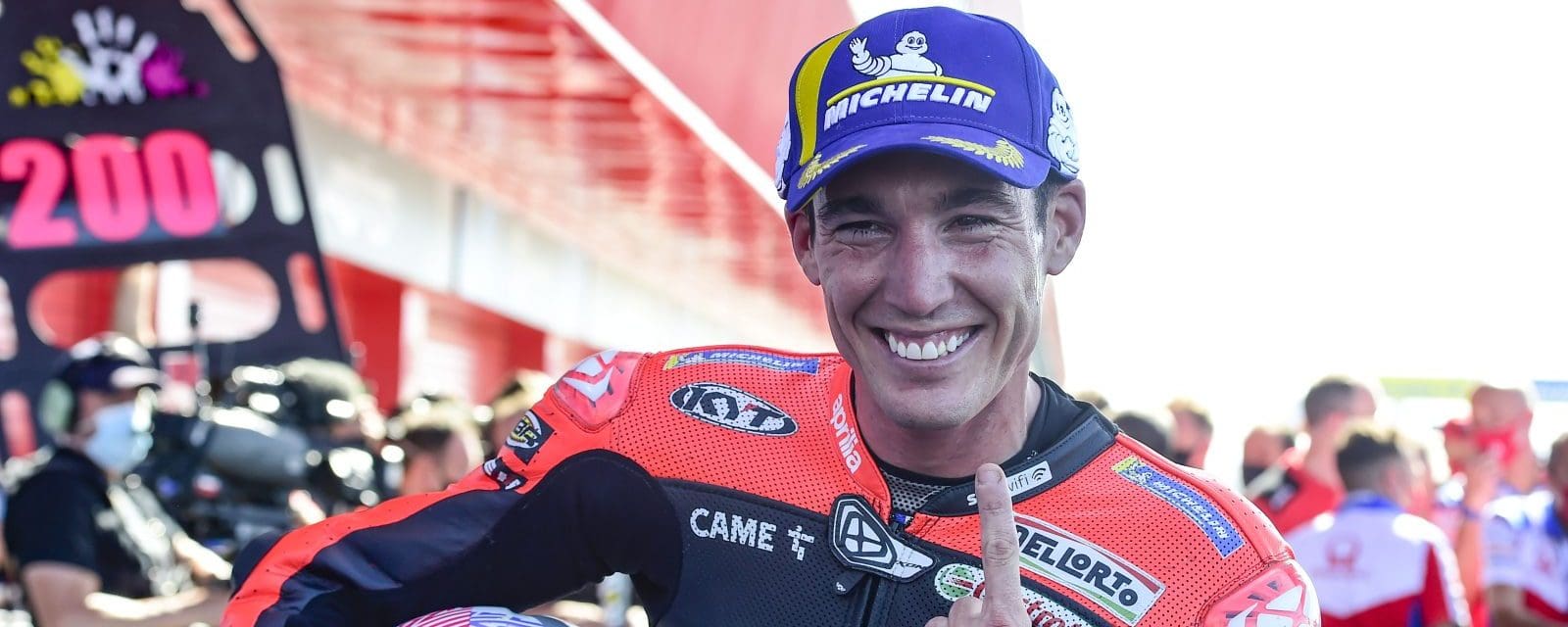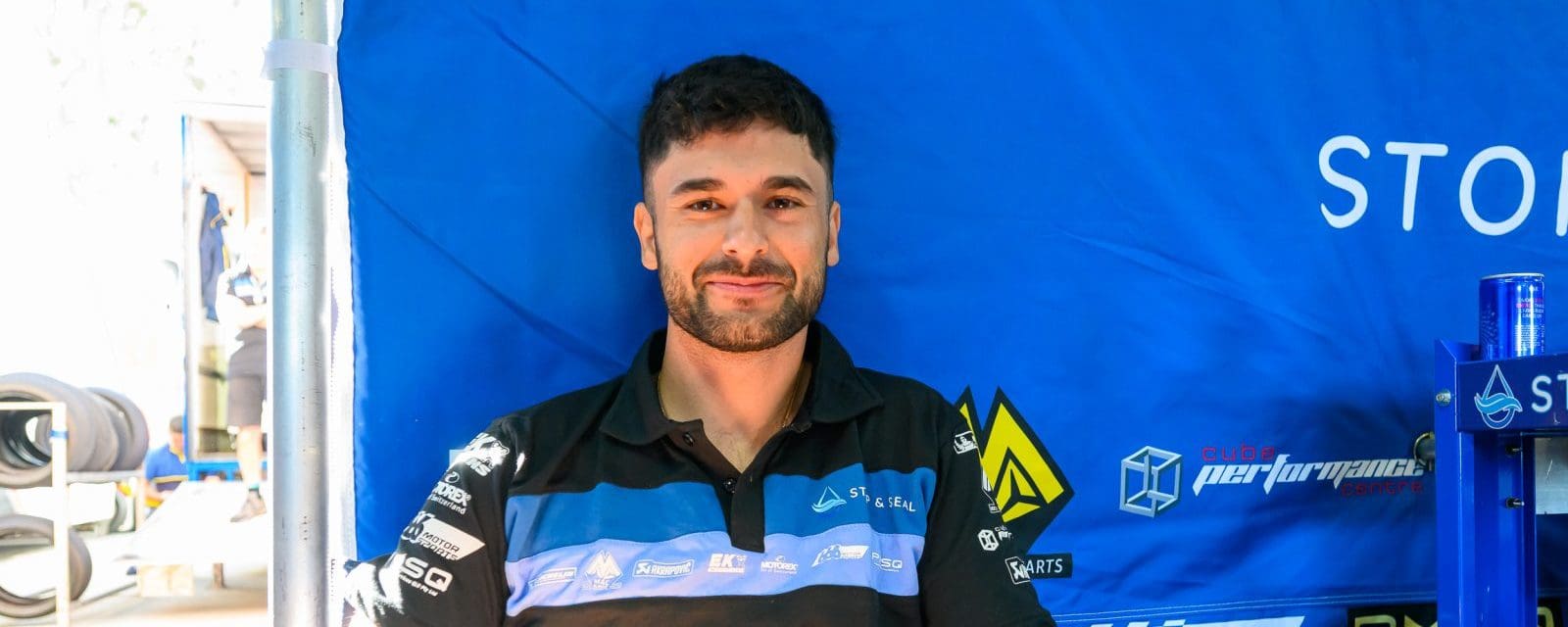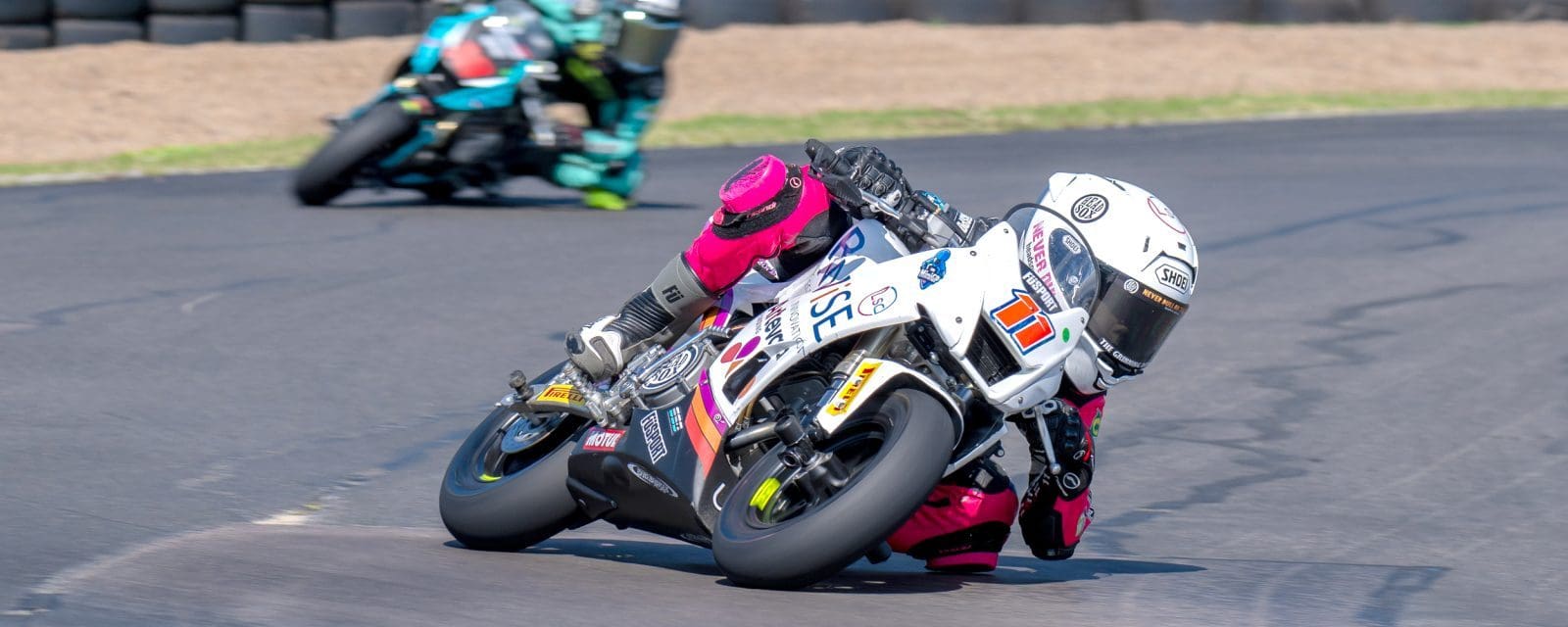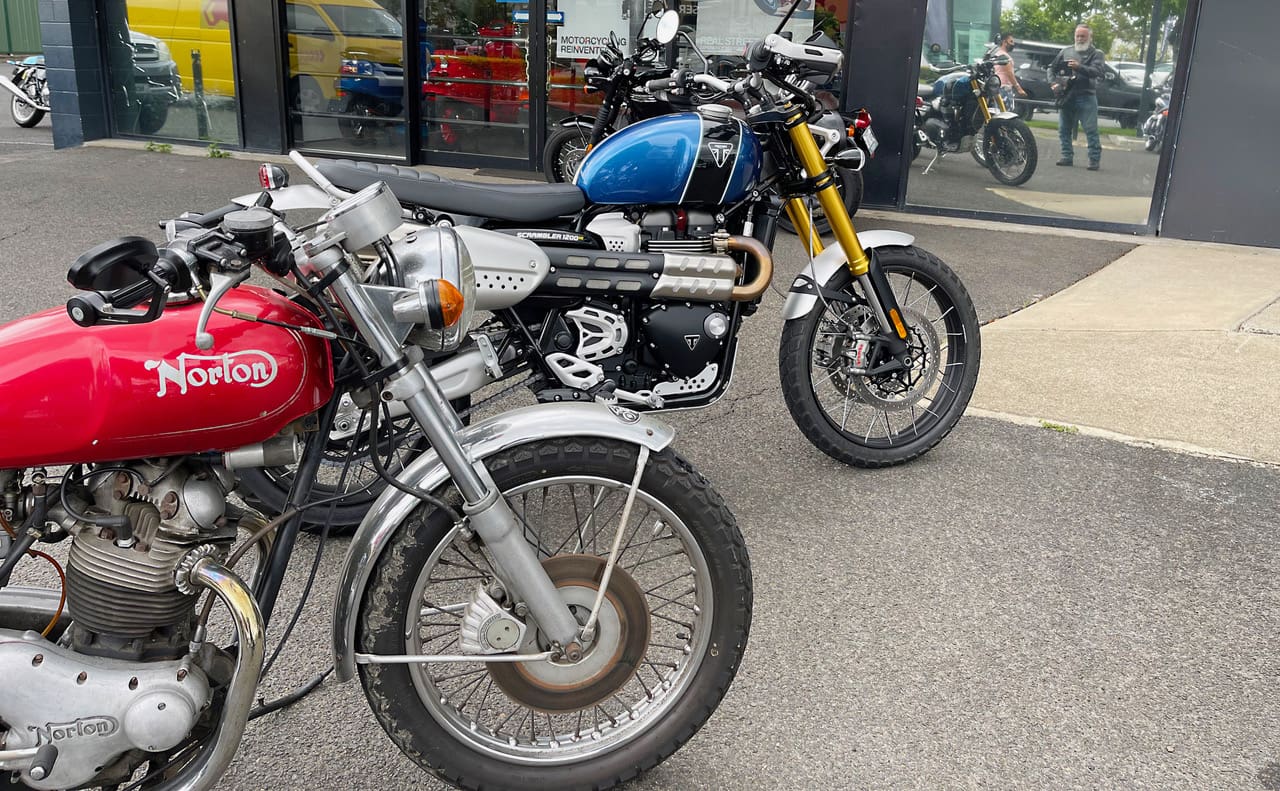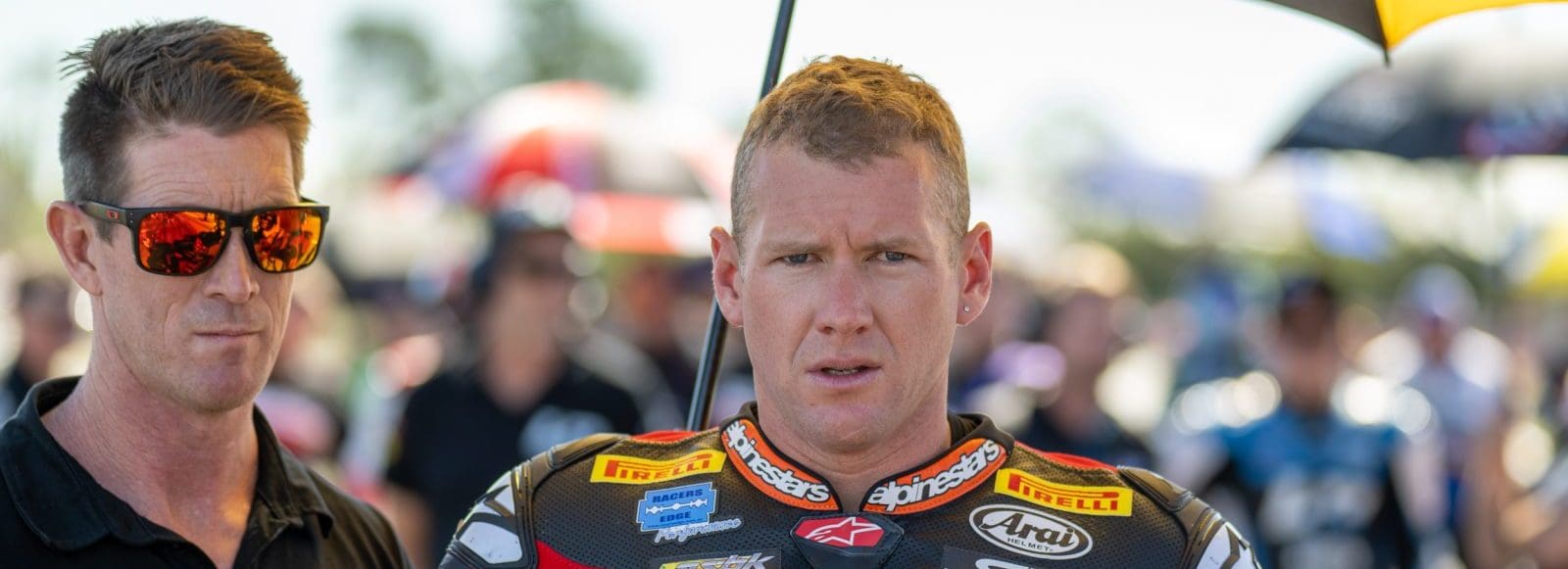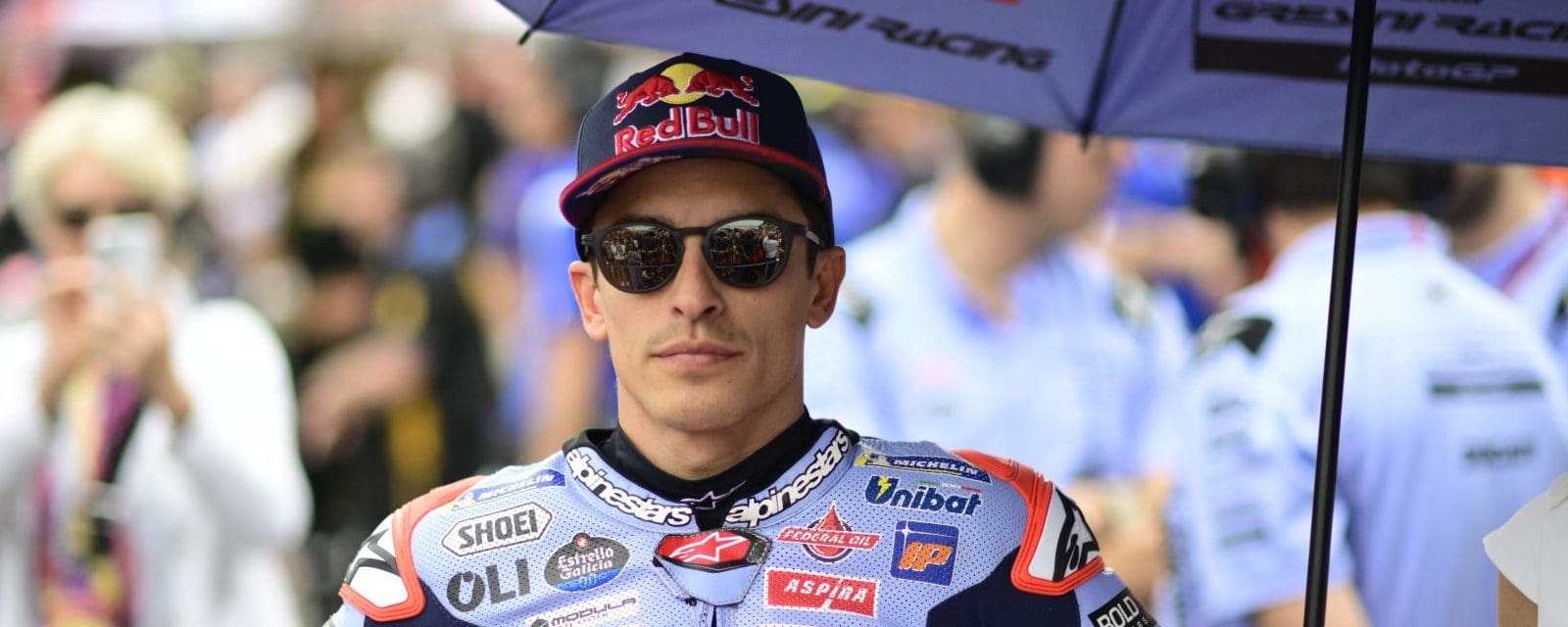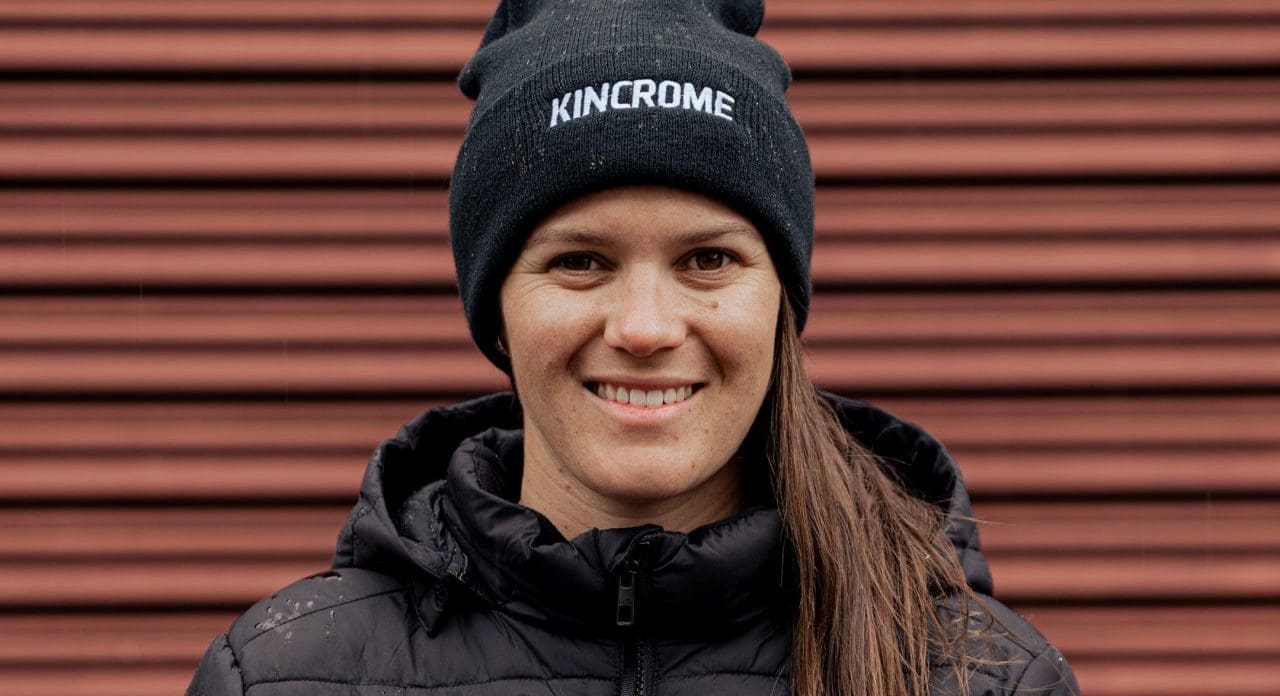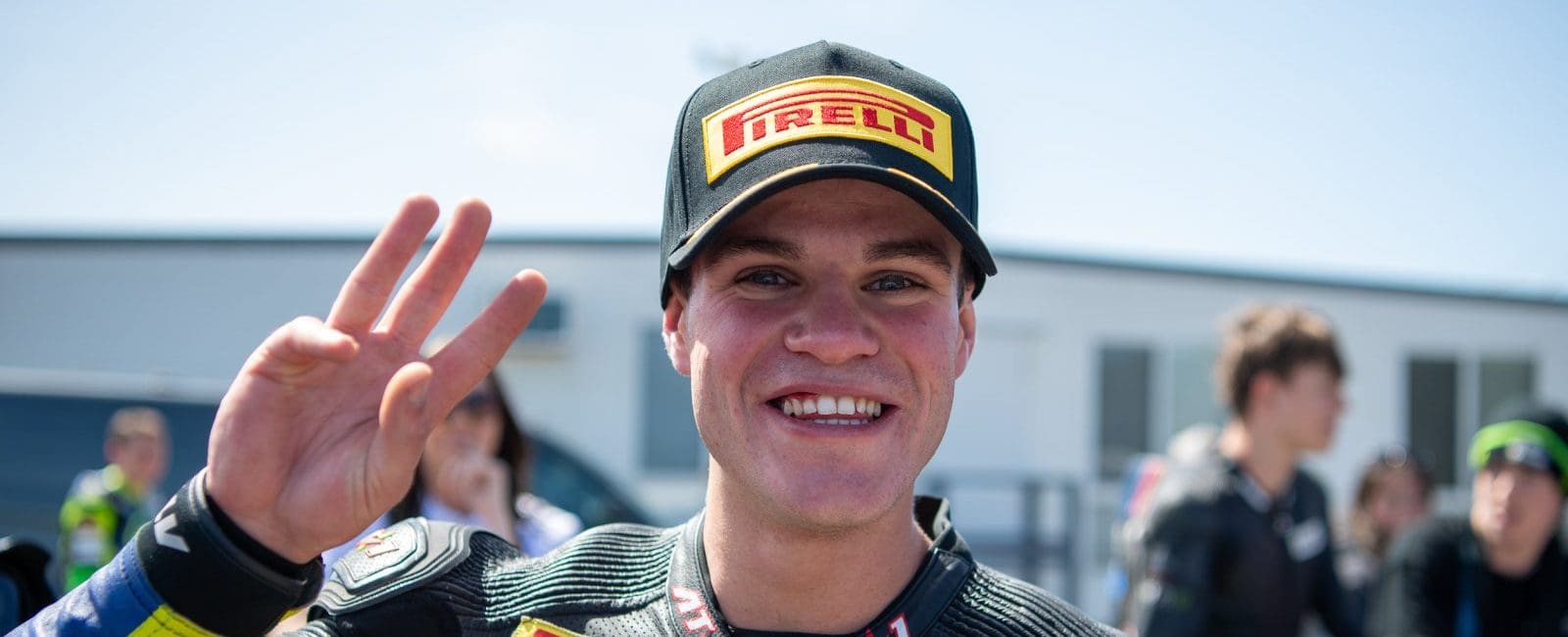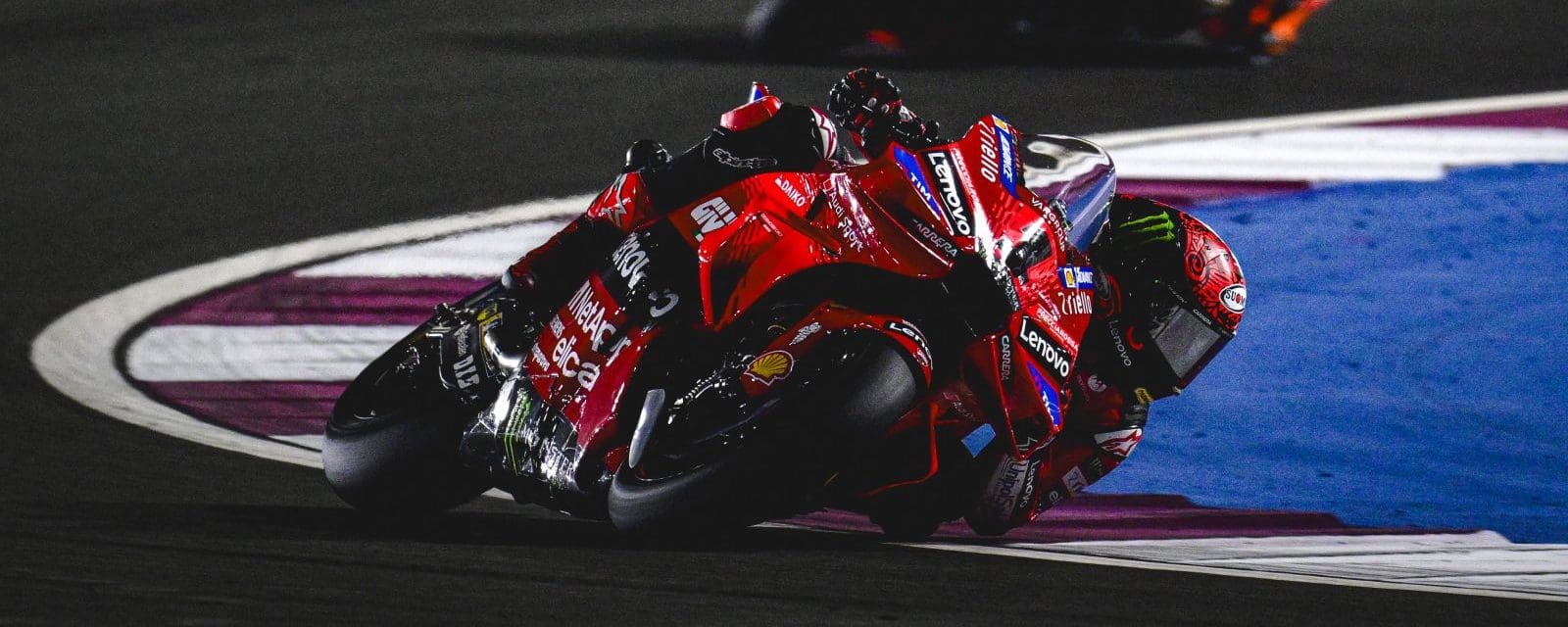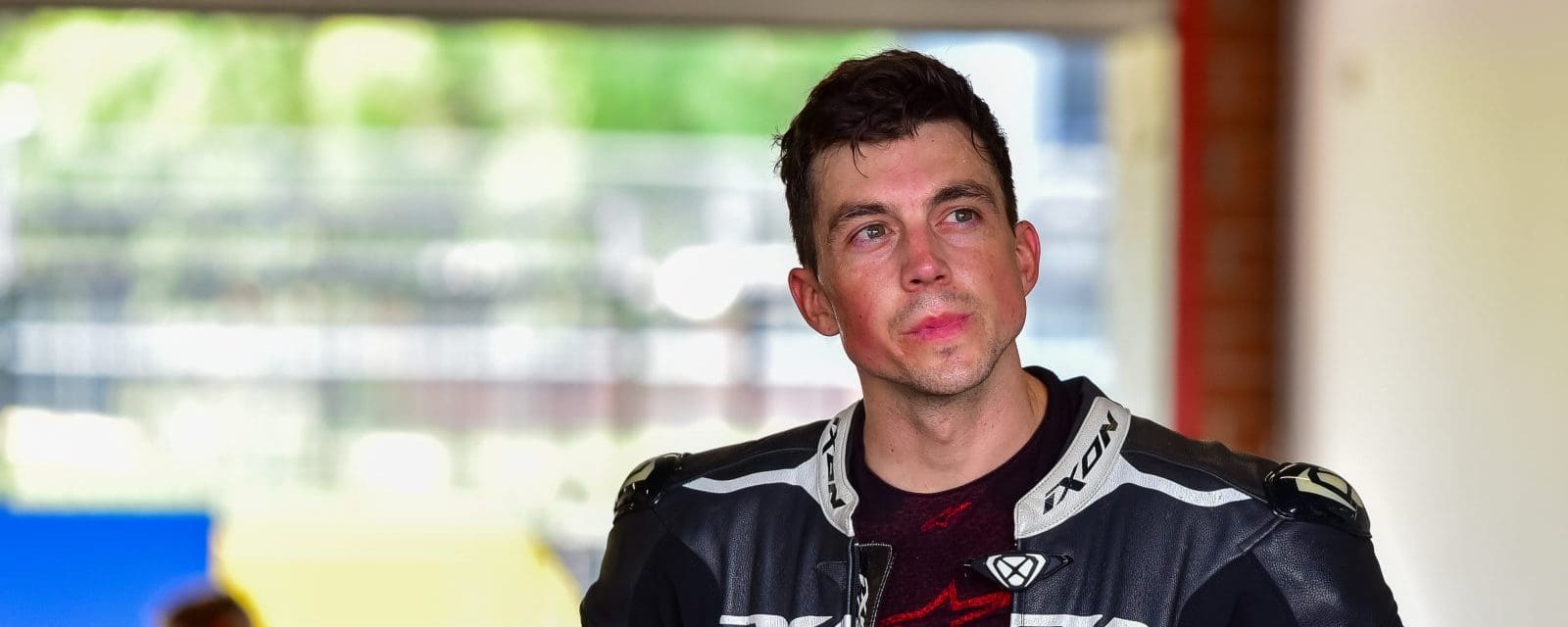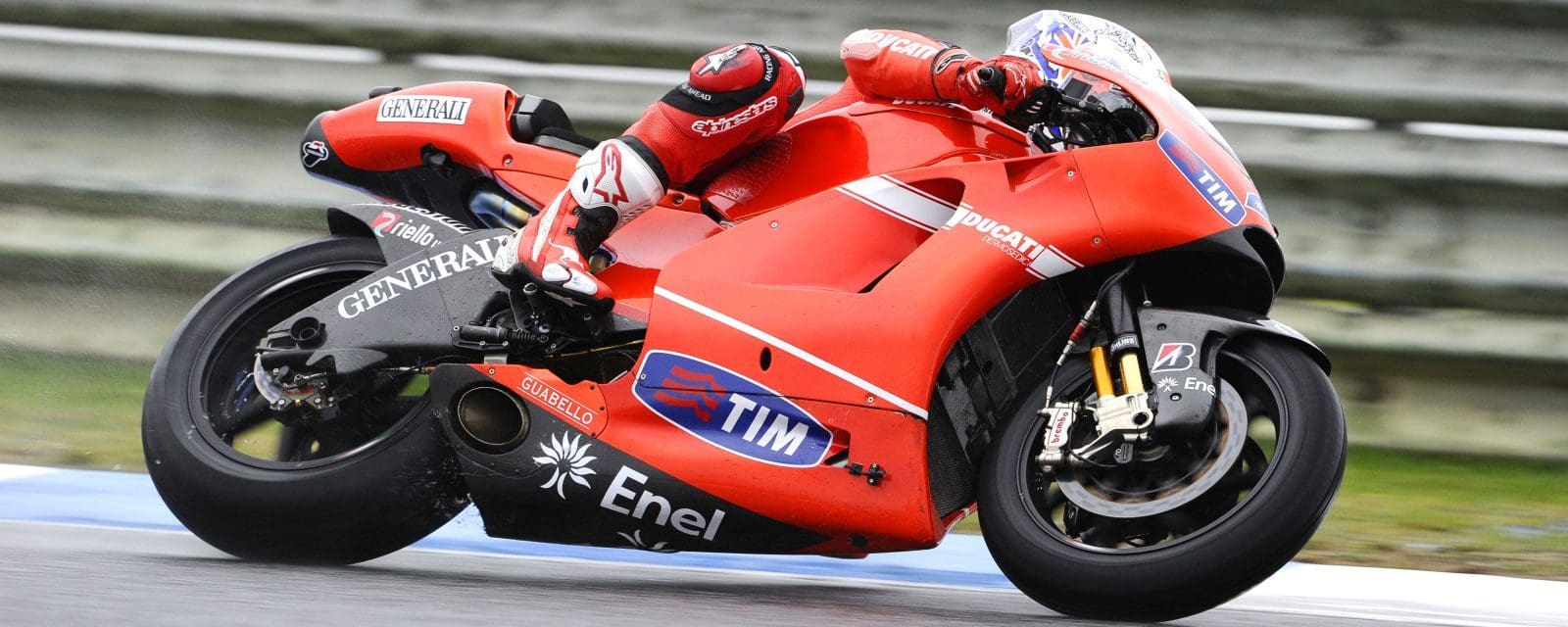Stepping off a Fat Bob following my ride with Dobie for last issue’s Harley feature and climbing back onto my Cube Racing Kawasaki ZX-6R racebike was a bit of a culture shock.
Swapping the laid-back cruising style for the aggressive attack position of a 600cc Supersport machine wasn’t the only thing I needed to adjust to. The Harley’s V-twin engine only needs to be revved to 4000rpm, but the four-cylinder Japanese motor in my ZX-6R always screams for more revs, and doesn’t give its all until 16,000rpm.

I’m more at home on a racebike than a cruiser. I prefer the aggressive feeling of being hunched over the tank, tucked behind the windscreen and gripping with my knees. Nothing beats the bite of Brembo brakes or the razor-sharp handling that requires the smallest of inputs to flick the bike left and right.
I’m addicted to the feeling of flicking through a quickshifter in race pattern. Head down, shift down; head up, shift up – it’s amazing how the brain works. I’m fine riding on the road with road pattern and can jump straight onto a trackbike with a race pattern without a second thought, but put me on a track with road pattern and I’ll stuff it up every time.
Luckily, it only took until the first lap of ASBK practice at Wakefield Park to make the full transition from HOG rider to Supersport racer, which was just as well because the class is unbelievably close.
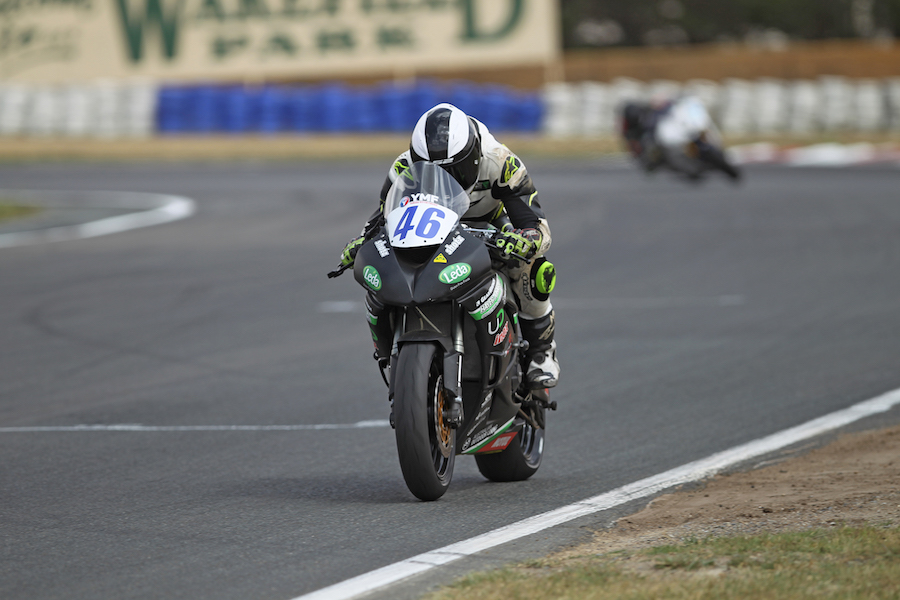
The constant juggle of family time, racing, running my own business and training can be tough. Leading up to a race meeting is two days of testing and, depending on where the track is, this can mean four days away from home and work. These days may be spent doing what I love, but they’re not relaxing. They can be stressful and challenging when things don’t go to plan.
Racing at ASBK level isn’t an individual sport; you need help from a good team and a tremendous amount of family support. A lot of the time your team is your family.
Between testing and a race weekend, I’ll squeeze a week’s worth of work into a few days before heading back to the track. It means working most weekends, and training at odd hours so I have a decent amount of family time. Luckily my kids love to ride their pushbikes, so I can combine family time with training. Slow rides with the kids are a great way to work on my balance. I’m also fortunate that my job as an electrician means I do very little sitting around.
There is much more to a race meeting than people may know. Each ASBK round has official testing days, usually eight days before the actual race meeting. These are not your standard track days; every team is trying to find a set-up that will work for the race. It’s not only speed we’re chasing, we’re also looking for a suspension set-up that will maximise tyre grip while conserving the rubber, so the tyres last the race distance.
My job as the rider is to examine every corner, look for the fastest line, remember every bump and make a mental note of what the bike is doing differently with each adjustment. This allows me to provide valuable feedback to the mechanics and engineers.
Every rider wants to be the fastest – and then go faster. It’s a never-ending cycle, and you’re never guaranteed that all that preparation will pay dividends. At Wakefield Park I struggled with a bike set-up that was not working for me. The half-second I dropped saw me slip 10 places on the grid – that’s how tight it is this year.
Despite the dramas, the scorching heat and the relentless wind that blew massive amounts of dust across the track, I was still excited to go into battle. My results were not what I had hoped for, but at least the proximity of the track to home meant I was back with the family before the kids’ bedtime, then up early the next day ready to get back to work and start the whole process again.
